Where Tradition Meets Innovation
TOKYO
A World of Ancient Traditions, Futuristic Skylines, and Boundless Possibilities
A World of Ancient Traditions, Futuristic Skylines, and Boundless Possibilities
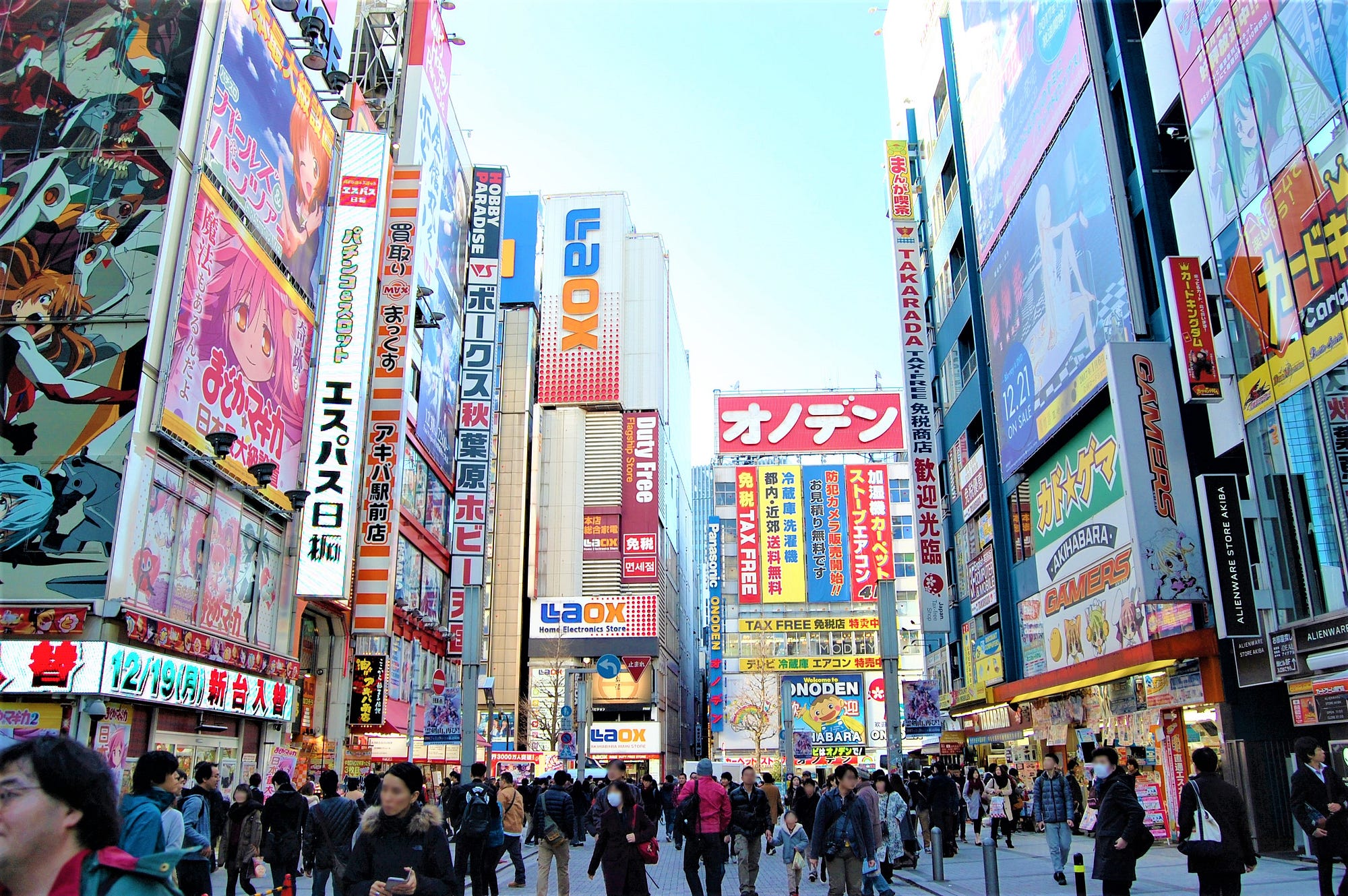
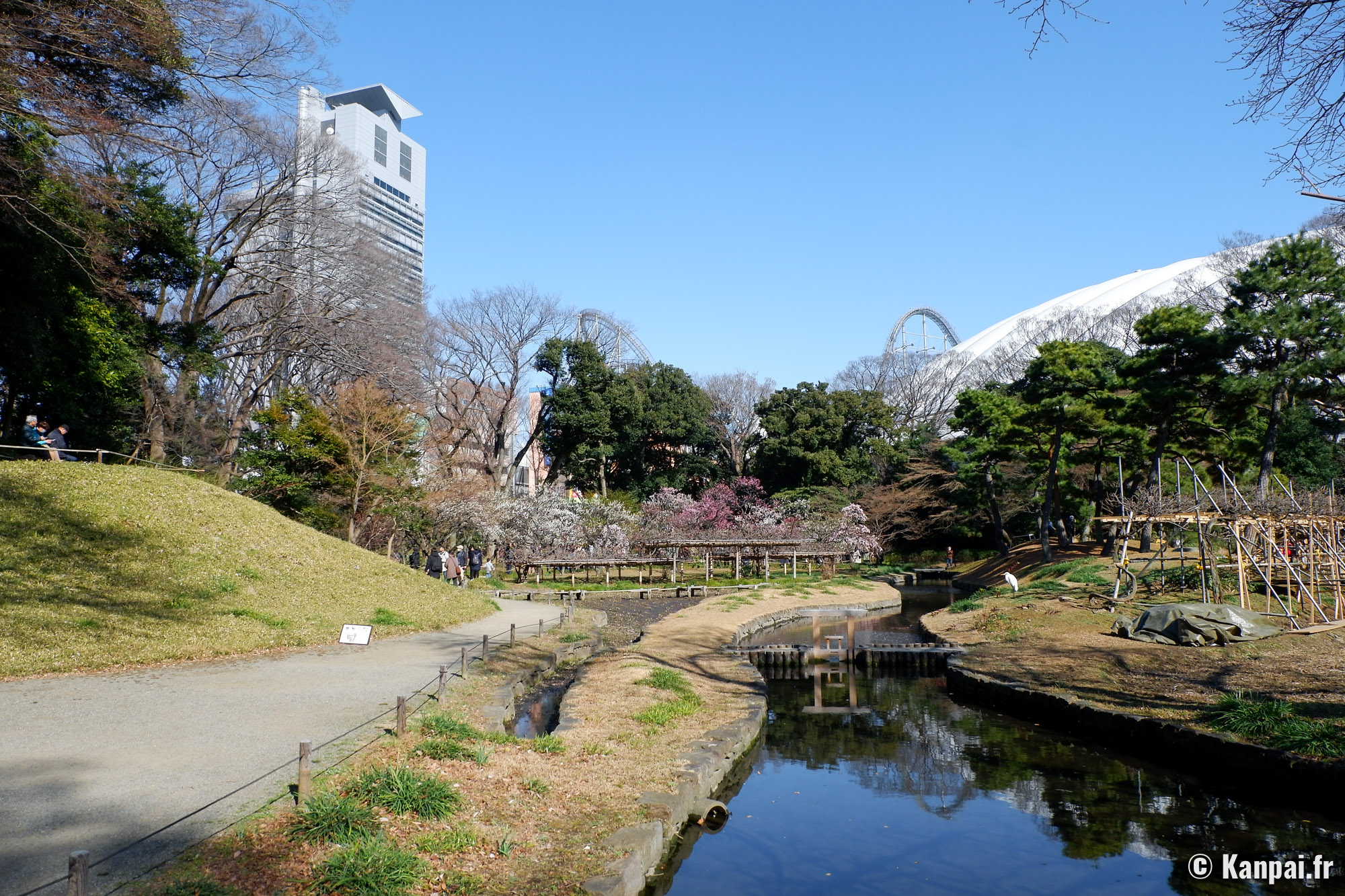
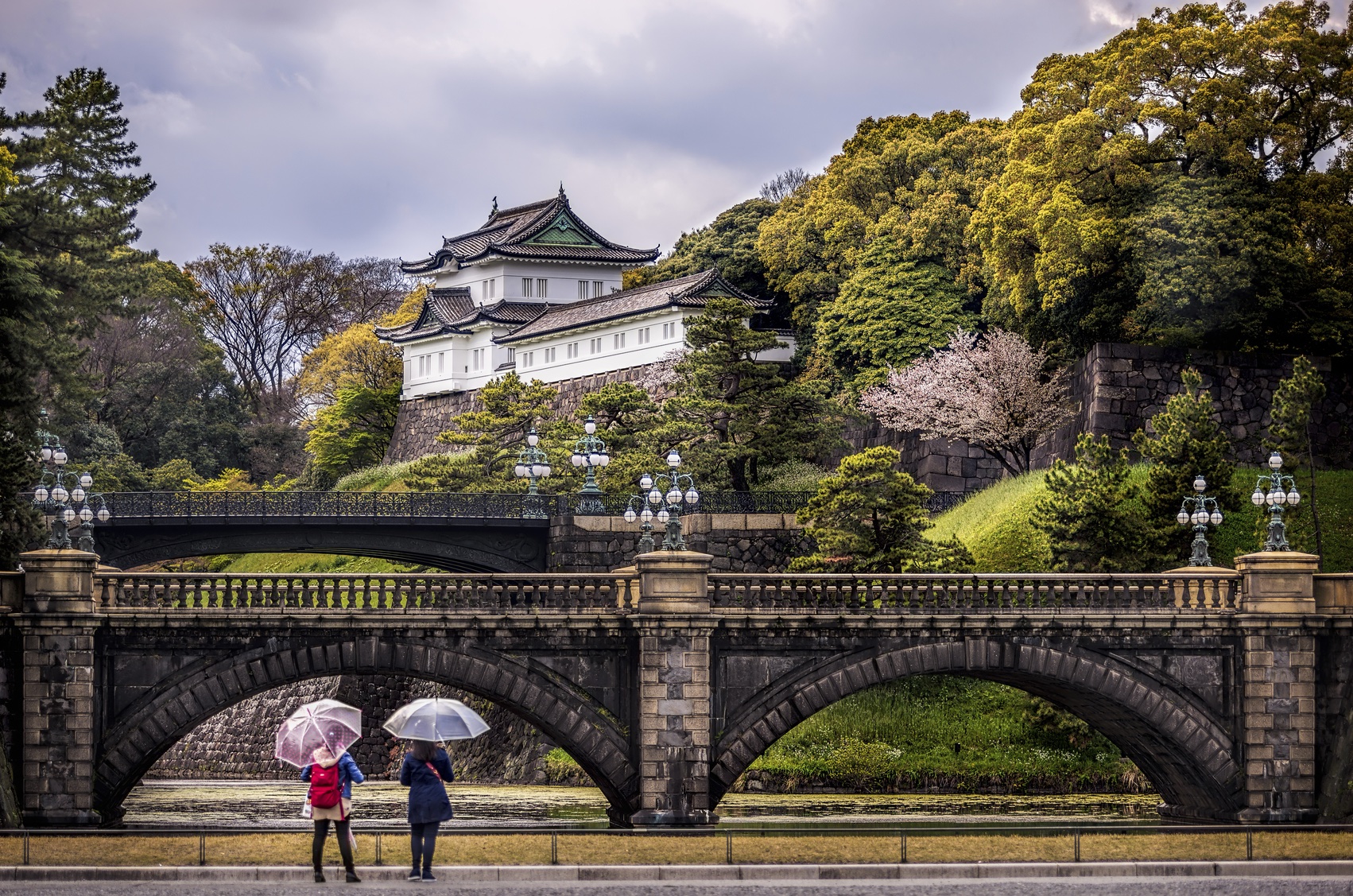

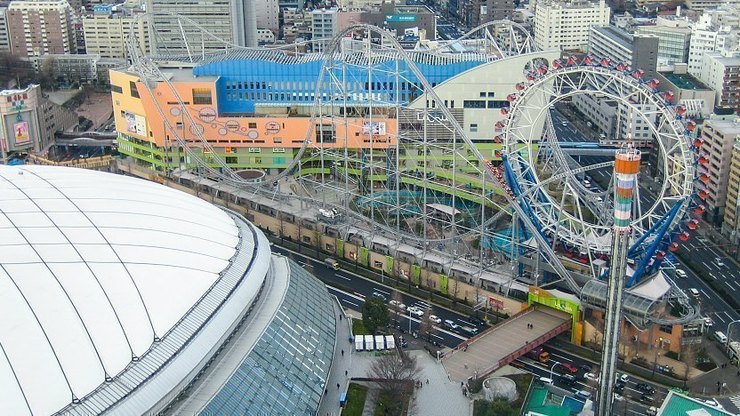
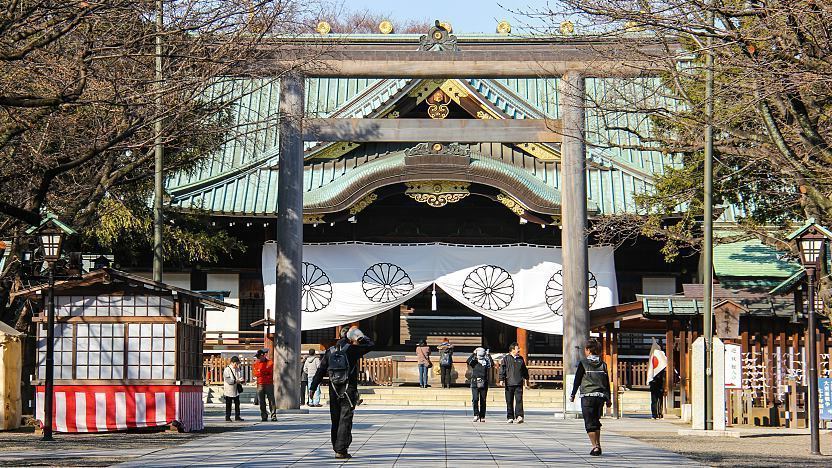
Explore Tokyo with our interactive map, designed to guide you through the city’s must-visit spots and hidden gems. From iconic landmarks to vibrant neighborhoods and culinary hotspots, this map is your go-to resource for discovering Tokyo’s unique blend of tradition and modernity. Navigate easily to plan your journey and experience the best Tokyo has to offer, one location at a time.

Tokyo (東京, Tōkyō) serves as Japan's capital and holds the title of the world's most populous metropolis, a vibrant hub where tradition and innovation coalesce. This bustling metropolis is not just a city; it is also one of Japan's 47 prefectures, comprising 23 central city wards alongside numerous cities, towns, and villages located to the west of the bustling city center. In addition to the mainland, the Izu and Ogasawara Islands are included in the Tokyo metropolitan area, offering diverse landscapes and unique experiences to explore.
Before 1868, Tokyo was known as Edo, a name that echoes its rich historical significance. Originally a modest castle town, Edo experienced a transformative journey beginning in 1603 when Tokugawa Ieyasu established his feudal government there. Over the decades, Edo blossomed into one of the largest cities in the world, with a population that rivaled many of the great cities of the time. The pivotal moment in its history came with the Meiji Restoration of 1868, which marked the relocation of the emperor and the capital from Kyoto to Edo, subsequently renamed Tokyo, meaning "Eastern Capital." This transition symbolized a new era for Japan, as the nation embraced modernization while navigating its traditional roots. However, Tokyo's resilience was put to the test when large portions of the city were devastated by the Great Kanto Earthquake of 1923, followed by the destructive air raids during World War II in 1945. Yet, despite these tragedies, Tokyo has continually rebuilt and reinvented itself, emerging as a global leader in culture, economy, and technology.
Today, Tokyo offers a seemingly limitless array of shopping, entertainment, cultural experiences, and dining options that cater to every taste and preference. The city's rich history can be appreciated in districts like Asakusa, where traditional streets and historic landmarks coexist with modernity, providing a glimpse into Japan's past. Excellent museums, historic temples, and meticulously designed gardens pepper the landscape, inviting visitors to explore and reflect on the country's heritage. Contrary to common perception, Tokyo also boasts numerous attractive green spaces nestled within the city center, such as Ueno Park and Shinjuku Gyoen, which offer serene retreats from the urban hustle. Additionally, a relatively short train ride can transport visitors to picturesque outskirts, where natural beauty and tranquil rural life await, showcasing a different side of Tokyo that often goes unnoticed.
In essence, Tokyo is a dynamic metropolis that thrives on its rich tapestry of history and culture, while continually pushing the boundaries of modernity and innovation. Whether you're seeking the bustling energy of Shibuya, the serene beauty of a traditional tea garden, or the cutting-edge design of its architecture, Tokyo promises an unforgettable experience that captivates the hearts and minds of all who visit.

Website Created by: ALLEN ENDAYA from BSIT 3-1 | Special Thanks to: Sir Christopher De Claro for Teaching Us. | Content: © 2024 onlyteyl | All Rights Reserved